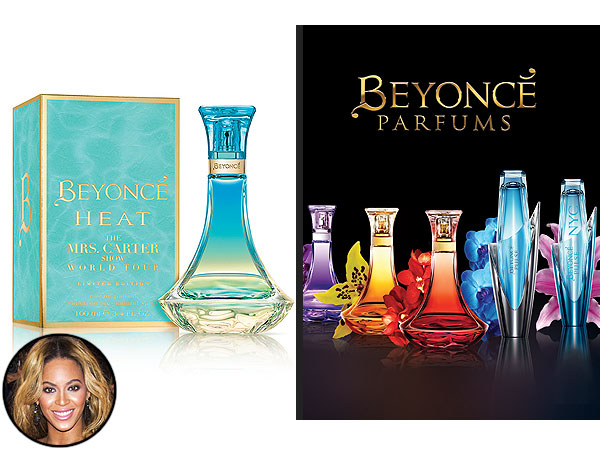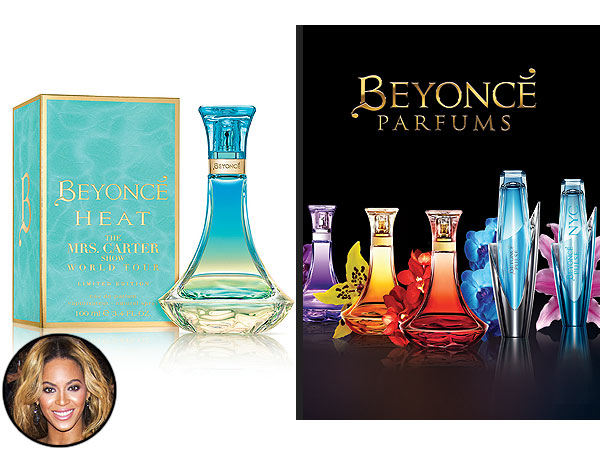The Rise of "Story Time": How Influencers Captivate Millions with Personal Narratives
Introduction
In the ever-evolving landscape of social media, a unique form of content has risen to prominence: "Story Time." Across platforms like Instagram, TikTok, and YouTube, influencers are captivating audiences by sharing personal anecdotes, life experiences, and sometimes, even controversial stories. This trend has become a powerful tool for building connections, fostering community, and, of course, boosting engagement. But what makes "Story Time" so compelling, and what are the implications for both creators and consumers?
What is "Story Time"?
At its core, "Story Time" is a content format where an influencer recounts a personal story or experience, often enhanced with visuals, humor, or dramatic flair. These stories can range from lighthearted tales of everyday mishaps to deeply personal accounts of overcoming challenges.
-
Key Characteristics:
- Personal Narrative: The content revolves around the influencer’s own life.
- Engaging Delivery: Storytellers employ vocal inflection, gestures, and visual aids to keep viewers hooked.
- Emotional Connection: The goal is to evoke empathy, humor, or a sense of shared experience.
- Relatability: Even extraordinary stories often contain elements that resonate with a broader audience.
The Psychology Behind the Appeal
The popularity of "Story Time" can be attributed to several psychological factors:
- Human Connection: Stories are fundamental to human communication. They allow us to connect with others on an emotional level and build trust.
- Vicarious Experience: Viewers can vicariously experience the events described in the story, feeling a sense of excitement, suspense, or empathy.
- Entertainment Value: Well-told stories are simply entertaining. They offer a break from the mundane and provide a source of amusement or intrigue.
- Relatability and Validation: When influencers share their struggles or triumphs, it can make viewers feel less alone in their own experiences. It provides validation and fosters a sense of community.
Platforms and Formats
"Story Time" has found a home on various social media platforms, each with its unique format:
- Instagram: Often delivered through short-form videos on Reels or Stories, accompanied by text overlays and music.
- TikTok: Known for its creative and comedic storytelling, with influencers using trending sounds, filters, and visual effects.
- YouTube: Allows for longer, more in-depth narratives, often interspersed with vlogs, reactions, or tutorials.
- Podcasts: Audio format where influencers can delve deep into complex stories and engage in conversations.
Examples of Successful "Story Time" Content
- Personal Transformations: Influencers share their weight loss journeys, career changes, or mental health struggles, offering inspiration and encouragement to their followers.
- Dating and Relationship Stories: Tales of awkward dates, relationship drama, and heartwarming connections are a popular genre.
- Travel Adventures: Influencers recount their travel experiences, both positive and negative, providing insights and recommendations to their audience.
- "Worst Day Ever" Stories: Humorous accounts of everyday mishaps and embarrassing moments that viewers can relate to.
Ethical Considerations
While "Story Time" can be a powerful tool for connection, it also raises ethical considerations:
- Privacy: Influencers must be mindful of the privacy of others involved in their stories. It’s important to obtain consent before sharing personal information or potentially sensitive details.
- Accuracy: While creative license is often used, it’s crucial to ensure that the core elements of the story are accurate and truthful. Misleading or fabricated stories can damage an influencer’s credibility.
- Impact on Mental Health: Sharing personal struggles can be cathartic, but it’s important for influencers to prioritize their mental health and seek support when needed. Similarly, viewers should be mindful of the potential impact of consuming emotionally charged content.
- Commercialization: When "Story Time" is used to promote products or services, it’s important to be transparent about the commercial nature of the content.
The Future of "Story Time"
As social media continues to evolve, "Story Time" is likely to remain a popular content format. However, it may also undergo some changes:
- Increased Authenticity: Viewers are becoming more discerning and are increasingly drawn to authentic and genuine storytelling.
- More Diverse Voices: There’s a growing demand for "Story Time" content from a wider range of voices and perspectives.
- Integration with Other Formats: "Story Time" may be integrated with other forms of content, such as live streams, Q&A sessions, and interactive experiences.
Conclusion
"Story Time" has emerged as a captivating and influential content format on social media. By sharing personal narratives, influencers are building connections, fostering community, and entertaining audiences around the world. While ethical considerations are important, the power of storytelling to connect and inspire remains undeniable. As social media continues to evolve, "Story Time" is likely to remain a prominent and evolving form of content creation.




